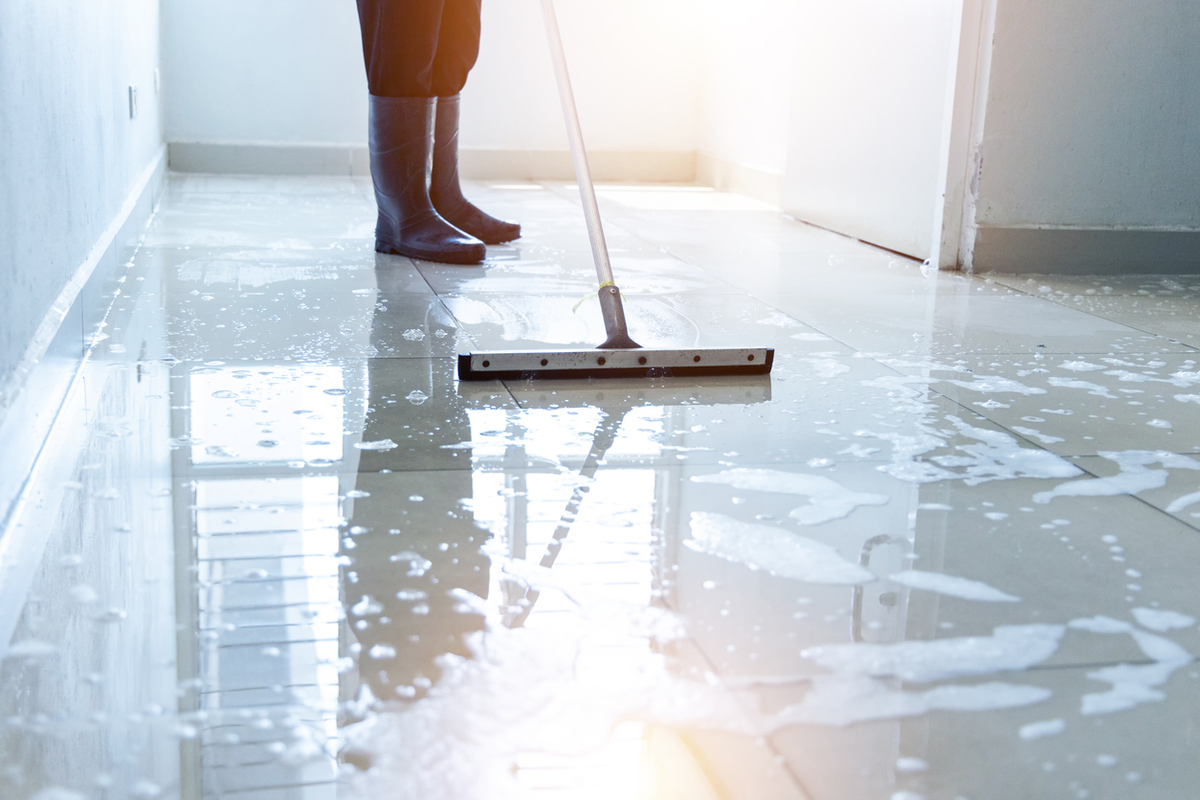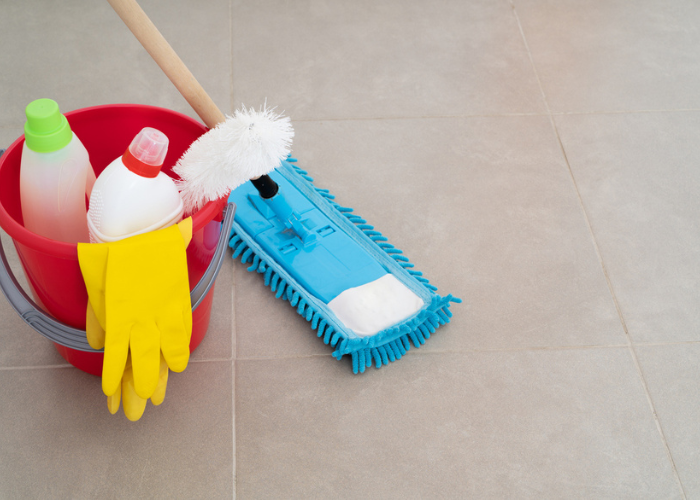Insurance: Cleaning and restoring your home after a flood
Steve MacManus - Insurance contributor
09 October 2024, 4:00 PM

Flood water can cause severe damage to your home, personal belongings, and indoor environment.
Even just an inch of water can ruin carpeting, wallboard, appliances, and furniture.
More extensive flooding can impact expensive systems like heating, air conditioning, roofing, sewage systems, utilities and foundations.
Cleaning up after a flood is a time-consuming and difficult task, but following these essential steps will help you sanitise and restore your home effectively.
Wear personal protective equipment (PPE)
Floodwaters often contain harmful contaminants such as sewage, chemicals, and sharp objects.
Always wear appropriate PPE, such as heavy-duty waterproof gloves, boots, and face masks, when handling flooded areas and items.
Document the damage before cleaning
Before you start cleaning, it's important to document the damage.
Take clear photos of water-damaged carpets, furniture, and belongings.
If you're moving items outside, cover them with plastic to protect them until a loss adjuster can inspect them.
Remove contaminated mud
Flood water can contain many contaminants and lots of mud. Shovel out as much mud as possible from hard surfaces.
Then, use a garden sprayer or hose to wash away the remaining mud.
Once again always wear protective gear, including gloves, masks, and gumboots, when dealing with contaminated items.
Check if the carpet be salvaged
Whether or not you can save the carpet depends on the type of water and the extent of the damage:
- Grey Water: Water from within the home, such as rainwater entering through windows or the roof, which may collect dirt and dust along the way. Carpets exposed to grey water can typically be salvaged.
- Clean Water: Is any water that comes from uncontaminated sources such as taps or a hot water cylinder and poses no immediate health risks, making it easier to clean up and restore affected areas
- Contaminated Water: Water that enters the home from external sources, such as roads, paddocks, or gardens, may contain sewage, harmful bacteria, chemicals, or fertilisers. If an entire room or the whole house has been flooded with this contaminated water, it is best to discard the carpet.
However, if only a small area (approximately one square metre) is wet, there may be a chance to salvage the carpet. In this case, roll up the carpet and leave it outside for collection, while placing smaller items in bin liners.
Remember to cut out a sample of the carpet and underlay, seal it in a bag, and keep it for the Loss Adjuster’s inspection.
Clean and disinfect thoroughly
After removing any water and debris, begin cleaning and disinfecting all surfaces. If appropriate, hose out the floors and spray diluted bleach onto concrete or wooden surfaces, especially around skirting boards.
For furniture and painted surfaces, any standard household cleaning spray can be used.
For all areas:
- Scrub surfaces with hot water and a heavy-duty cleaner.
- Disinfect surfaces using a solution of ¼ cup (50ml) of chlorine bleach per 5 litres of water, or a disinfectant product specifically designed to kill germs.
- Immerse glass, porcelain, china, plastic dinnerware, and enamelware in a disinfecting solution of 2 tablespoons of chlorine bleach per 4 litres of hot water for 10 minutes, and then air dry (do not use a towel).

Contact your insurance broker
If your insurance covers flood damage, contact your broker immediately. They will arrange for a loss adjuster to inspect the property.
While you clean, continue to document everything with photos and videos, as these records will be essential for insurance claims, disaster assistance applications, and tax deductions.
By following these steps and keeping in close contact with your insurance broker, you can ensure a more efficient and thorough cleanup process after a flood.






